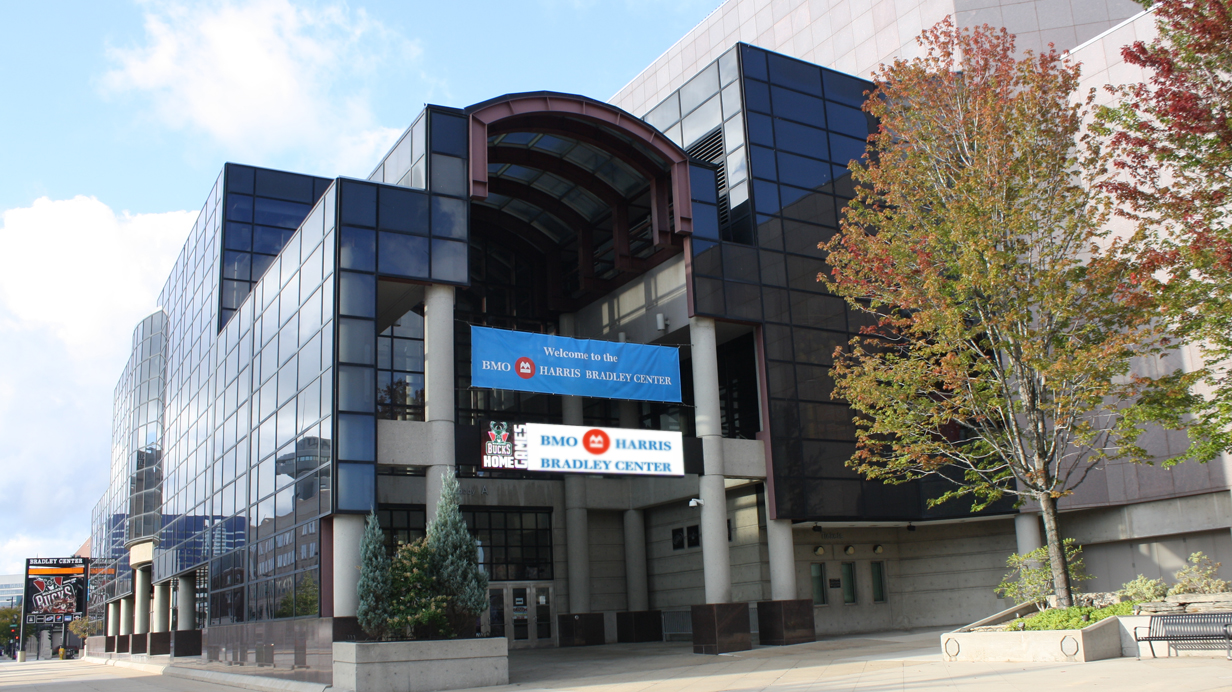
June 30, 2014
by James Wigderson
Special Guest Perspective for the MacIver Institute
Most major companies have a hotline to report ethics violations such as kickbacks or bribes. If supporters of public funding for a new Bucks arena have their way, taxpayers may have to dial the hotlines for their county governments.
Admittedly it’s hard for supporters of public financing to find a way to sell, “tax the residents of the five counties again to pay for a new arena.” So far suburban public officials are listening to their constituents and resisting the call to tax residents to pay for a new basketball arena and a list of Milwaukee County cultural attractions. According to the Business Journal of Milwaukee, some on the “cultural needs task force” have come up with an age-old approach, the kickback, this time to county governments.
The idea comes from Rich Tennessen, a board member for the Milwaukee Zoological Society and a member of the task force. The five counties, Milwaukee, Racine, Waukesha, Washington and Ozaukee, would be hit with another sales tax to pay for the new Bucks arena and Milwaukee County’s cultural attractions. In return, the governing body (yet to be determined) managing the tax would kick back to the surrounding counties 80 percent of the sales tax revenue. Milwaukee County would see a different split (since they would get the lion’s share of the 20% from each of the other counties), perhaps 50-50.
For example, if a regional sales tax is set at .1%, just like the Miller Park district, the tax is expected to generate $25.95 million annually, according to Public Policy Forum. Waukesha County would pay $7.65 million in new taxes annually. Waukesha County would contribute $1.5 million towards the stadium and the county government would get kicked back $6.1 million annually.
If the sales tax is only at .1%, under the Tennessen plan the surrounding four counties would contribute only $2.69 million annually towards the new Bucks arena and Milwaukee’s cultural attractions. Would it even be worth the effort to collect?
More likely the sales tax would actually have to be at a higher rate. At .5% the four counties would contribute to the arena and Milwaukee County’s cultural attractions $13.7 million annually. The kickback to the four county governments would be $54.8 million. At a full 1% the counties would lose $27.4 million annually while getting back a whopping $109.6 million annually.
The obvious effect, and probably the intent, of sending so much money back would be to mollify leaders in the four counties surrounding Milwaukee by giving them more money to spend. Their hand would be clean of the tax increase while they get to spend money from a new revenue source. It’s the political version of free money, but it still comes from the taxpayers.
According to the Business Journal, the leaders in the four counties could even use the money for property tax relief, or at least sell it that way. Of course, the taxpayers would lose at a minimum of 20% in the shell game of sales taxes and property taxes. A typical bookie takes less on the vig (so I’m told).
There is a basic flaw in the thinking behind such a plan. State law already allows counties to charge .5% sales tax. While Milwaukee, Ozaukee, and Washington counties charge a sales tax, Waukesha and Racine counties do not. If the voters in those counties wanted a sales tax to pay for priorities in those counties, they would elect county officials in favor of raising the sales tax. Those counties could then have 100% of the sales tax revenue collected. There is no need to share the additional sales tax with Milwaukee County if Waukesha and Racine counties wanted to tax themselves.
In addition, the state legislature wisely chose to do away with regional transit authorities that could levy taxes and spend the money without voter approval. Even assuming Tennessen’s plan could pass in each of the counties in referendums, it’s likely that the spending of the tax revenue would be by an appointed body not directly accountable to the voters.
The example of Miller Park should be a caution to policy makers before they endorse the creation of another unaccountable body to administer a multi-county sales tax. As we have seen, Miller Park’s governing body has repeatedly pushed out the end date for the sales tax while the stadium adds improvements. The sales tax was originally scheduled to end in 2014, but that was pushed out to 2018. Now it may be 2020 before the tax is ended. The original estimate for the stadium was $150 million. The cost has actually been closer to $500 million, and climbing.
This plan will be sold as a win-win plan: a win for Milwaukee County and a win for the surrounding county governments. However, it’s really a lose-lose-lose-lose plan. Taxpayers in the surrounding counties will still contribute to a sports arena that will not economically benefit them. The surrounding counties will have higher sales taxes, putting local retailers at even more of a disadvantage compared to online purchasing. Residents in all of the counties will pay higher taxes. We will even have a new government body spending the sales tax revenue that will probably not be directly accountable to the voters.
The Milwaukee Bucks may have been losers on the court last season, but their billionaire owners will be real winners if this plan is approved. Unfortunately it will be more than season ticket holders who will be suffering. The taxpayers should call foul on this kickback plan.